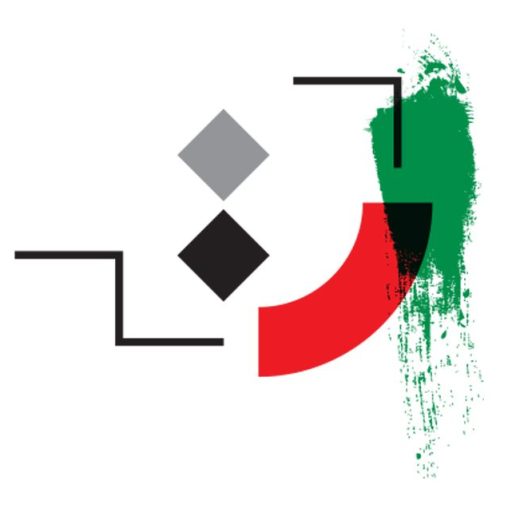Turaj Mansuri
Biography
Turaj Mansuri, born on January 16, 1954, in Tehran, Iran, is one of the most prominent cinematographers, directors, producers, and editors in Iranian cinema. He has made significant contributions to the industry with his diverse and influential works.
Life and Early Career
Turaj Mansuri began his artistic journey in 1970 as a photographer for the Art and Architecture magazine. He later worked as an assistant on several short television films, including Organic by Faramarz Moattar. Mansuri went on to direct a few short films for Mashhad Television and, in 1979, served as the cinematographer for the short film 59/3/7. His entry into professional cinema began in 1984 as an assistant director on The Man Who Knew Too Much directed by Yadollah Samadi. He is also one of the key figures in the Third Eye cinematic organization.
Professional Career
Throughout his career, Mansuri has taken on various roles, including cinematographer, director, producer, editor, and even occasional actor. He has collaborated with renowned Iranian directors such as Dariush Mehrjui, Masoud Kimiai, Ebrahim Hatamikia, Majid Majidi, and Masoud Jafari Jozani, contributing to the creation of iconic films.
Selected Filmography
- Musa Kalimullah (2024)
- Melli and Her Untraveled Paths (2016)
- Cinema Bench (2015)
- Narcissus Season (2015)
- Iran Burger (2014)
- Ain Shin Qaf (2014)
- Desert Eagle (2012)
- Laleh (2012)
- Wooden Bridge (2011)
- Guidance Patrol (2011)
- 33 Days (2010)
- The Crime (2010)
- Nakhodi (2009)
- Facing Mirrors (2009)
- Awakening of Dreams (2009)
- Deportees 2 (2008)
- Invitation (2008)
- Trial on the Street (2008)
- The Song of Sparrows (2007)
- Santouri (2006)
- Empty Hands (2006)
- Taxi Driver (2006)
- Lover (2006)
- Me and Deborah (2005)
- Havana File (2005)
- Choice (2004)
- Max (2004)
- The Silent King (2003)
- Mom’s Guest (2003)
- Poisonous Mushroom (2002)
- Bread, Love, and Motorcycle 1000 (2002)
- Blue Triangle (1999)
- Saghar (1997)
- Deadly Escape (1995)
- The Face (1995)
- Heart and Dagger (1994)
- Zero Heights (1993)
- Tanker War (1993)
- Plaything (1992)
- Come with Me (1992)
- Hope (1991)
- Lady (1991)
- Satan (1990)
- Hamoun (1989)
- In the Path of the Storm (1988)
- Station (1987)
- Night Nurse (1987)
- Fresh Air (1987)
- Report of a Murder (1986)
- Beyond the Fog (1985)
- Frosty Roads (1985)
Place in Iranian Cinema
Turaj Mansuri is recognized as one of the most influential cinematographers in Iranian cinema, with notable works such as Hamoun (1989), Frosty Roads (1985), and Deadly Escape (1995). His ability to create visually striking imagery that complements a film’s narrative has made him a key figure in the industry. Additionally, his involvement with the Third Eye cinematic organization has contributed to the advancement of professional cinema in Iran.
Video Index
Chapters:
- Life and Family Background
- Childhood and Adolescence
- Migration to America and Further Education
- Return to Iran and Start of Professional Career
- Marriage
- Collaboration with Ali Hatami
- Collaboration with Masoud Jafari Jozani
- Collaboration with Dariush Mehrjui
- Collaboration with Masoud Kimiai
- Collaboration with Yadollah Samadi
- Collaboration with Hossein Ali Lialestani
- Collaboration with Cyrus Alvand
- Collaboration with Mahmoud Kalari
- Other Works: Part One
- Other Works: Part Two
- Other Works: Part Three
- Other Works: Part Four
- Other Works: Television Series
- Directing
- Documentary Filmmaking
- Screenwriting
- Acting
- Overcoming Depression
- Cinema
– Cinema Education: Past and Present
– Fajr Film Festival and House of Cinema Celebration
– Globalization and National Identity
– Imagination and Creativity
– Experimental Cinema
– Digital Cinema
– Prestigious Cinema
– Social Media
– Threats to Iranian Cinema
– Social Responsibility of the Artist
– What is Art? Who is an Artist?
– Characteristics and Differences of Three Generations of Iranian Filmmakers
– Characteristics of a Timeless Artistic Work
- Experiences and Work Methods
– Key to Sustainability and Success
– Who has had the greatest influence on your work?
– Pre-production in Cinematography
– Current Projects
– Collaboration with Young Filmmakers
– What does showcasing your work teach you?
– Most Significant Work as a Cinematographer
– Criteria for Collaborating on a Project
– The Concept of Cinematic Activity
– How has cinematic activity influenced your lifestyle?
– What has cinema given you, and what have you given to cinema?
– Which cinematic work would you have loved to create?
– What challenges did you face at the start of your professional career?
– Advice for Young Cinematographers
– Interaction with Directors
– What is the best advice you’ve received as an artist?
– Greatest Challenge
– Future Plans
- Audience Impact on Works
– The Role of the Audience in Works
– Handling Negative Criticism
- Personal Worldview
– The World of Reality and Imagination
– Hopes and Despair
– If you weren’t a filmmaker, which profession would you have pursued?
– Daily Routine
– Which artist has influenced you?
– Relationship with Other Arts
– A Question You Ask Yourself
– What surprises you?
– Social Identity
– Contemplation of Death
– Non-Cinematic Activities
– Personal Evolution
Personal Information
- Birthday: January 16, 1954
- Birthplace: Tehran, Tehran, Iran
- Interview date: 08.11.2017- 03.12.2017
Cinematographer and Director
